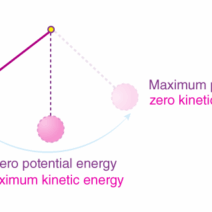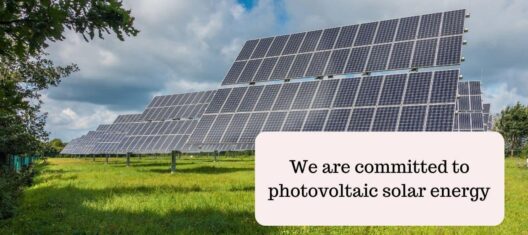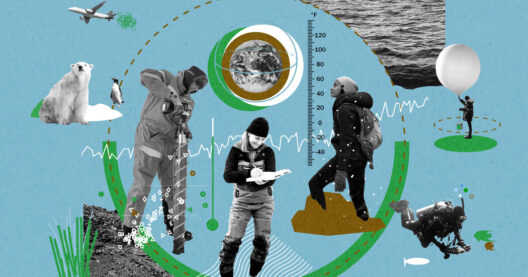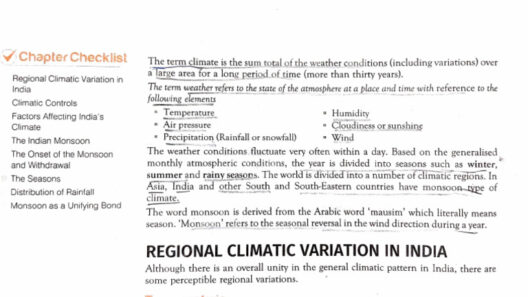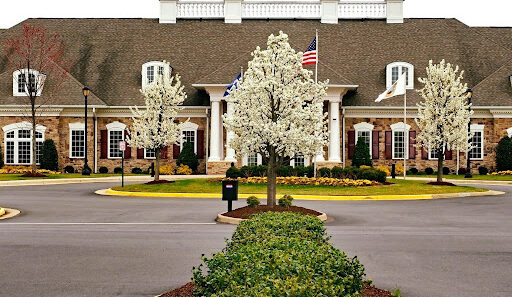When we think about Los Angeles, California, images of sun-drenched beaches, palm trees swaying in the warm breeze, and a vibrant urban culture often come to mind. But what is the authentic climate in this sprawling metropolis? Is it truly the paradise that so many envision, or does it come with an unexpected twist? Welcome to Los Angeles, where sunshine graces the city, but a smoggy smile lurks just beneath the sunlit facade.
The climate in Los Angeles is classified as a Mediterranean climate, characterized by its warm, dry summers and mild, wet winters. The golden sun shines over the city for an average of 284 days a year. This is a playground for sun enthusiasts and outdoor lovers. With typical summer highs hovering around 85°F (29°C) and winter lows dipping to around 48°F (9°C), it certainly seems like a year-round haven for those who find solace in warm weather. Yet, a crucial question arises: is this alluring climate a double-edged sword?
Winter showers sweep through Los Angeles from November to March, providing necessary hydration to the region. During these months, the city can receive sporadic rainfall, occasionally leading to drought. The annual precipitation averages around 15 inches, which is pivotal considering the arid surroundings. However, the lack of consistent rain during the rest of the year poses a significant challenge. How do residents cope in a setting where the allure of sun often masks the harsh reality of water scarcity?
Despite the scintillating allure of sunshine, the other side of Los Angeles’ climatic coin is its notorious air quality issues. Urbanization, coupled with geographical and meteorological conditions, creates a perfect recipe for pollution. The city is surrounded by mountains, which can trap pollutants, exacerbating smog formation especially during the summer months. In fact, the combination of vehicle emissions, industrial outputs, and stagnant atmospheric conditions gives rise to a phenomenon known as photochemical smog. When temperatures rise, so do the levels of ground-level ozone, posing health risks to its residents.
While sunny days may entice both tourists and locals alike to indulge in outdoor activities, this environment also raises concerns regarding public health. Increased levels of air pollution can lead to respiratory problems, allergies, and other health complications. As such, the question of how to balance the enjoyment of California’s enviable weather with the dire consequences of air quality becomes essential. A smoggy smile indeed—what incentives do city officials and residents have to counteract the very climate that makes Los Angeles so appealing?
In response to this ongoing challenge, several initiatives have been implemented to enhance air quality across the region. From promoting public transport to incentivizing electric vehicles, the city is working toward cleaner alternatives. Energy-efficient practices are becoming increasingly popular among builders and homeowners, with green construction methods gaining traction. The proliferation of solar panels aims to harness the abundant sunshine, reducing reliance on fossil fuels and mitigating the adverse effects of climate change.
Nevertheless, Los Angeles’s climate embodies more than its sunshine and smog. The interplay of these aspects creates a unique ecosystem that affects water resources, agriculture, and biodiversity. California’s agricultural heartland thrives due to the extended growing season provided by the warm climate. However, with recurrent droughts and changing rainfall patterns attributed to climate change, the sustainability of this agricultural bounty faces significant threats. Therefore, the question remains: how can Los Angeles’ inhabitants adapt their agricultural practices to align with the changing landscape?
The issue of climate change casts a long shadow over Los Angeles, prompting interdisciplinary dialogues surrounding environmental sustainability. Policymakers, community groups, and environmental activists are increasingly engaged in discussions on tackling these pressing climate-related challenges. The quest to enhance the city’s resilience to climate impacts is significant. Adopting innovative practices like rainwater harvesting, sustainable urban planning, and environmental education can pave the way for a more sustainable future.
Moreover, we cannot overlook the influence of climate change on the frequency of natural disasters in the region. Wildfires have become a stark reality, exacerbated by prolonged dry spells and increased temperatures. Consequently, the Los Angeles landscape finds itself in a precarious state, where the idyllic sunshine transforms into ominous skies. The juxtaposition of a beautiful climate with environmental instability presents an ongoing conundrum for residents and officials alike.
So, as you bask in the glorious sun of Los Angeles, the underlying challenge remains: can a city that enjoys such climatic fortune also proactively navigate the complexities of environmental change? The answer lies in collective action. The road ahead demands a concerted effort to harmonize the vibrant lifestyle of Los Angeles with the pressing needs of environmental stewardship. A smoggy smile may be part of the Los Angeles experience; however, the city’s future longevity and prosperity depend on a deliberate commitment to ensuring its climate remains a sun-soaked joy rather than a smog-laden burden.
Ultimately, Los Angeles embodies a microcosm of the larger climate challenge facing many urban areas worldwide. The dialogue on climate and urbanization continues. How can a city known for its sunshine transform challenges into solutions? The response may just hold the key to redefining the relationship between sustainability and urban living—and we, as inhabitants of this beautiful planet, ought to be engaged in that transformative narrative.
